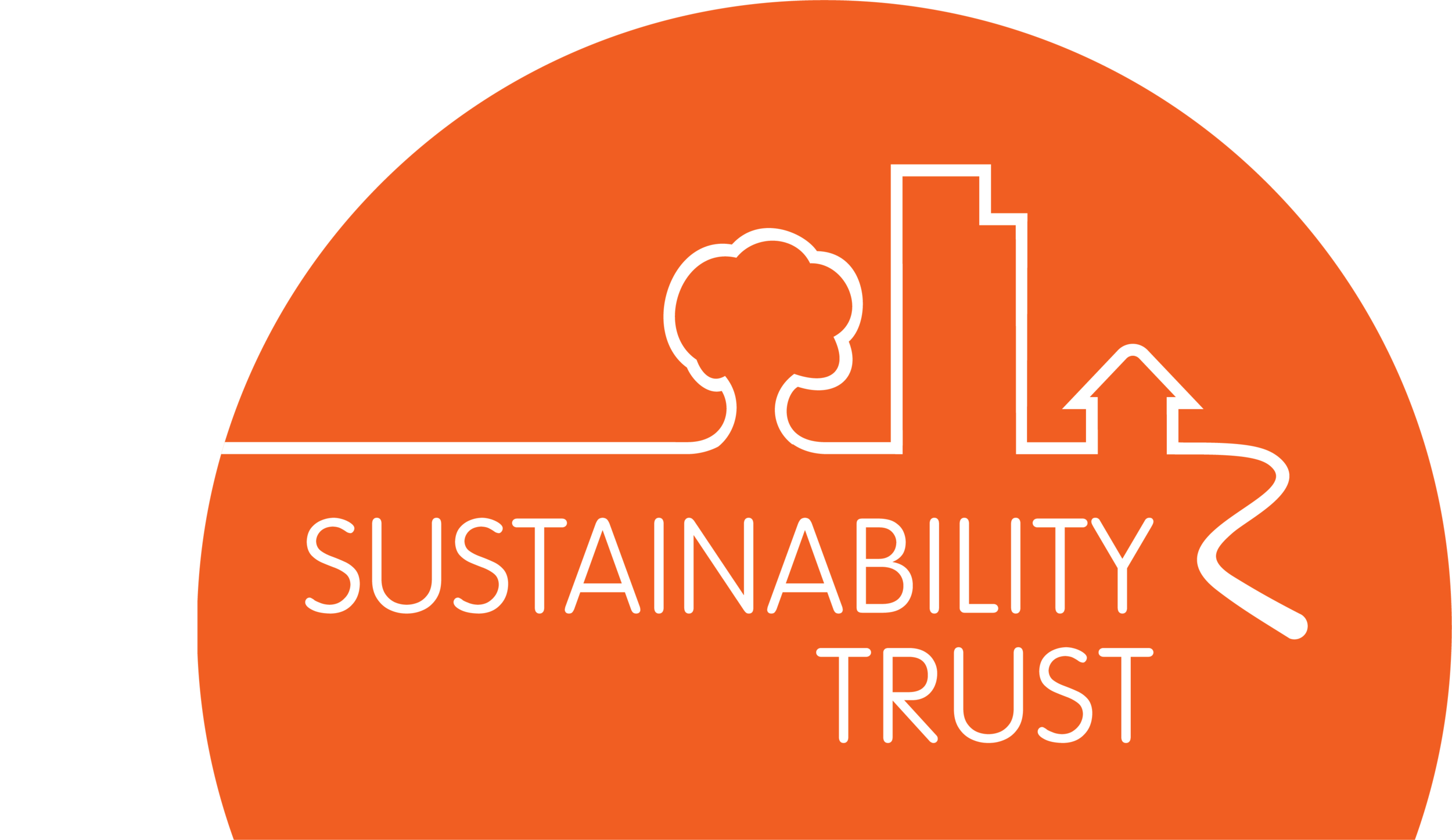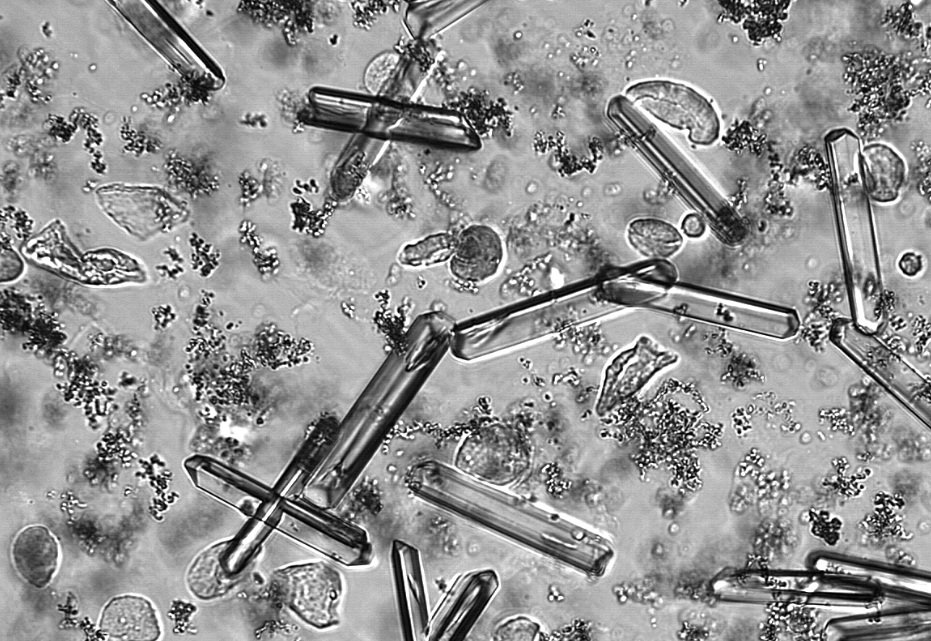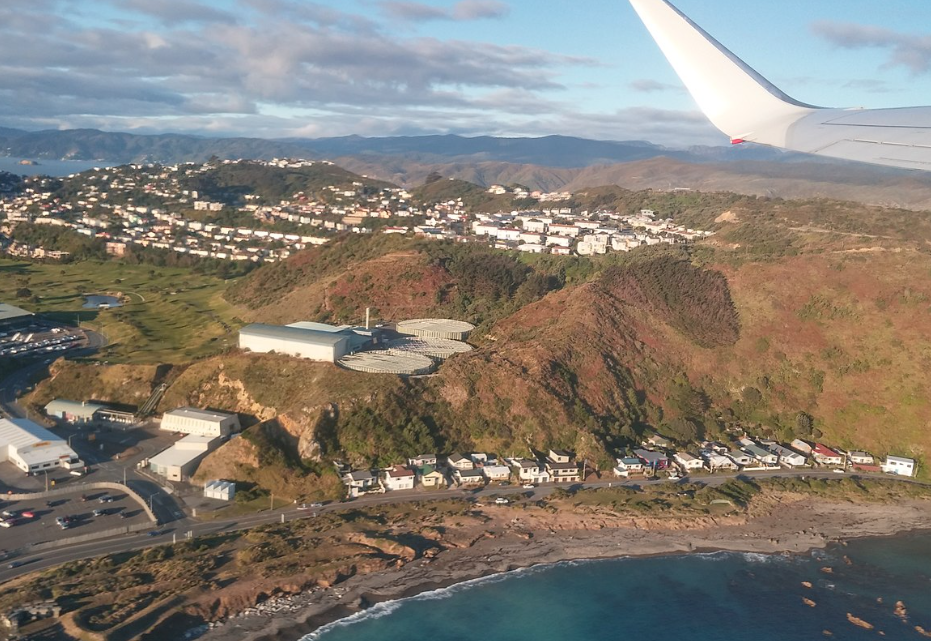Phosphorus: Essential to Life but Widely Wasted
Published 30 July 2023
Phosphorus: essential but wasted
By Brayden Lewellen
Brayden Lewellen in front of the Innermost Gardens' community compost bins in Mt Victoria, Wellington.
When spring rolls around, we zip to the garden store to stock up on tools, plants and fertiliser. We know plants need fertiliser to thrive, but have you ever stopped to wonder why you must purchase fertiliser? Have you ever wondered where that big bag comes from?
If you search online, you will find that all fertiliser in New Zealand sources its phosphorus from Western Sahara(1), amongst the largest stretch of barren lifeless sand in the world. Isn’t that ironic? In fact, did you know that New Zealand does not have the ability to produce fertiliser because we have no minable phosphorus in the country, and phosphorus is a key ingredient. We import it, use it, eat it, and release it into the sea. No recycling, no recovery. If a circular economy is the goal, this is a straight line.
Phosphorus is essential to all life. Without it, every organism on the planet would die – from blue whales to bacteria. Phosphorus is in our very DNA, literally. It makes up the backbone of the molecule storing life’s instructions. For this reason, phosphorus is almost perpetually in short supply in nature with every organism vying for this vital element.
Before the Industrial Revolution, most of the world had a circular approach to using phosphorus. The natural phosphorus in soil was absorbed by plants, which were eaten by animals, and finally consumed by humans. Then the phosphorus-rich urine and faeces from both animals and humans would be ploughed back into the soil. There was no waste and no pollution.
Today, phosphorus is mined from non-renewable rock, which takes millions of years to form. It is then combined with nitrogen and other nutrients in massive factories and formulated to make the perfect plant food. This is added to fields, often in excess quantities, leading to runoff into streams and widespread eutrophication of rivers and lakes throughout the world(2). In addition, the phosphorus-rich produce and meat is consumed by city dwellers, whose phosphorus-rich urine and faeces is flushed down the toilet. The sewage-treatment facility processes this waste and dumps the phosphorus-rich wastewater into the ocean. Once in the ocean, phosphorus cannot be recovered and reused, and thus is lost forever.
Although we have an unlimited supply of nitrogen(3), we have a limited supply of phosphorus. So how much phosphorus do we have? If you google it, you will find a wide range of estimates from 50 to 400 years of phosphorus remaining before we run out. This wide range is due to the differing usage of technical jargon(4) and disagreements about what is actually mineable. In other words, there is disagreement about how much of the environment we are willing to sacrifice. For example, there are significant phosphorus-rock deposits in the Chatham Rise off the Canterbury Coast, but extraction would be environmentally crippling. The mining process would obliterate 1,050 km2 of the seafloor, and because local life relies on both the phosphate and the stony seafloor bottom, once those have been removed, the ecosystem and fishing grounds will never regenerate(5). A company has already requested a consent to mine the Chatham Rise, but the consent was declined(6) – for now. It is important to remember that longer estimates of our phosphorus worldwide resources include deposits like the Chatham Rise(7) that are unecological, inaccessible, uneconomic, contaminated, or unknown.
Left - A close up image of struvite crystals in human urine. https://en.wikipedia.org/wiki/Struvite
Right - An aerial view of Wellington's sewage treatment plant at MoaPoint. https://en.wikipedia.org/wiki/Moa_Point
To allow for sustainable usage of phosphorus, we need to change our linear economy to a circular economy – one that stops excessive use, and captures and reuses phosphorus. Although farmers bear the responsibility to reduce phosphorus inputs and control runoff into New Zealand’s streams and lakes, urbanites also have a responsibility to recover the phosphorus they eat and send it back to the farms.
Recovering phosphorus isn’t pretty – we are talking about squeezing it from urine and faeces. After proceeding through a wastewater treatment facility, this ‘treated effluent’ is dumped into the ocean. It may be free of bacteria, but it is still loaded with phosphorus. Somehow we need to recover this phosphorus and turn it into fertiliser. One of the most promising methods is by creating struvite crystals, which are full of phosphorus, form easily, and dissolve slowly when used as fertiliser. This gradual release reduces nutrient runoff and may lower costs for farmers because it does not have to be applied as frequently. Researchers at the University of Auckland are working on new struvite formation techniques to reduce costs and improve quality by removing heavy metals(8). Currently, New Zealand cities do not recover phosphorus from human effluent. It is time to think differently, and see our urine and faeces as a resource rather than as disposable.
In addition to human waste, Aotearoa also produces a staggering amount of food and garden waste which is loaded with phosphorus and ends up in the landfill. Food waste comes from food-processing plants, grocery stores, restaurants, but mostly from us. It includes food that is not eaten (e.g., past its expiry date) and food waste that cannot be eaten (e.g., banana peels)(9). Once food waste reaches the landfill, phosphorus is basically unrecoverable. A full 44% of the average New Zealander’s rubbish is organic(10). This means 44% of your rubbish is a phosphorus resource. It is everyone’s responsibility to keep this phosphorus out of the landfill, and this means composting.
Creating a circular economy for phosphorus is very complex and impacts many sectors of the economy. However, there are a few things that each of us can do:
● Reduce food waste – This one is simple, eat what you buy.
● Compost at home – Compost your kitchen and garden waste and use this compost in your garden instead of purchasing fertiliser.
● Eat less meat – Meat production uses 72% of global phosphorus inputs because converting feed into meat is inefficient(11) So eat lower on the food chain.
● Advocate for phosphorus-positive policies – Write to your local council, your MP, and the media. Raise awareness of the need for a circular economy for phosphorus in Aotearoa.
The issue of phosphorus is vastly complex and rarely discussed. Although our phosphorus supplies are slowly running out, there are a myriad of solutions to decrease usage and increase recycling. But to truly turn our linear phosphorus economy into a circular one, we need a collaborative effort involving farmers, government, and each of us. Phosphorus is misused and wasted. It is time to see it as the taonga that it is.
Footnotes:
1. Western Sahara has close to a worldwide monopoly on phosphorus exports; however, the area is geopolitically unstable and prone to human rights abuses. Armed conflict is a threat to world food security.
2. https://www.stuff.co.nz/business/farming/106331828/nz-cant-shake-its-dangerous-addiction-to-west-saharan-phosphate2 We have already exceeded the Planetary Boundary for phosphorus pollution of our waterways. https://en.wikipedia.org/wiki/Planetary_boundaries
3. We have an unlimited supply of nitrogen as it can be syphoned from the air through the Haber Process. https://www.chemguide.co.uk/physical/equilibria/haber.html
4. When reading websites, you need to be aware of how terminology is being used. 1) The terms reserves vs resources are not the same. Reserves are high-grade ore that can be mined with current technology. In contrast resources refer to discovered and undiscovered deposits both economically viable and not. 2) Chemistry terms contain different amounts of the element, phosphorus. For example, phosphate rock (also known as phosphorite) is 30% Phosphorus pentoxide which is only 44% phosphorus (Cordell & White, 2011:2030). Thus, 10,000 megatons of phosphate rock contain only 1,320 megatons of phosphorus.
5. https://www.environmentguide.org.nz/activities/minerals/case-study-chatham-rise-phosphate-mining/
6. https://www.rnz.co.nz/news/national/265817/chatham-phosphate-mining-consent-refused
7. It is unclear if the Chatham Rise deposit is classified as a worldwide resource or a reserve because it is a known deposit and economically viable, but such mining would be environmentally devastating.
8. https://www.uniservices.co.nz/cleaning-wastewater-and-producing-fertiliser-at-the-same-time 9 https://lovefoodhatewaste.co.nz/wp-content/uploads/2019/02/Final-New-Zealand-Food-Waste-Audits-2018.pdf 10 https://environment.govt.nz/assets/Publications/Files/Household-Waste-Data-report-2009.pdf 11 https://iopscience.iop.org/article/10.1088/1748-9326/7/4/044043/pdf
9. https://lovefoodhatewaste.co.nz/wp-content/uploads/2019/02/Final-New-Zealand-Food-Waste-Audits-2018.pdf
10. https://environment.govt.nz/assets/Publications/Files/Household-Waste-Data-report-2009.pdf
11. https://iopscience.iop.org/article/10.1088/1748-9326/7/4/044043/pdf



